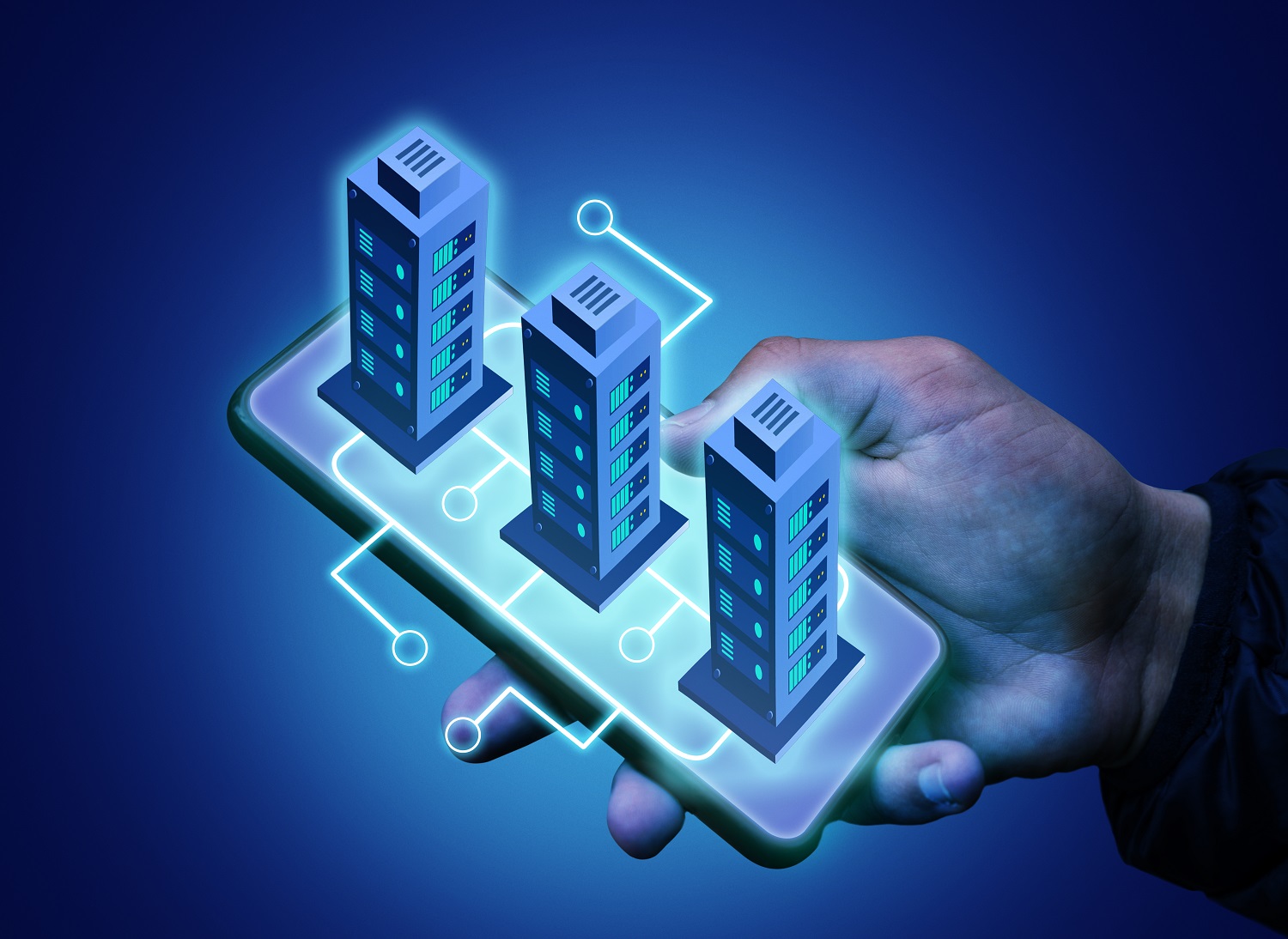In an era characterized by rapid urbanization and technological advancement, the concept of "smart infrastructure" has emerged as a game-changer in the way we design, build, and manage our cities and industries. Smart infrastructure represents a fusion of cutting-edge technologies, data analytics, and sustainability principles, with the primary goal of creating more efficient, sustainable, and livable spaces. In this article, we'll delve into the world of smart infrastructure, exploring its key components, benefits, and its transformative impact on our world.

Components of Smart Infrastructure
Smart infrastructure encompasses a wide range of components and technologies that work together to optimize various aspects of urban and industrial life. Some of the essential components include:
Sensors and IoT Devices: These are the eyes and ears of smart infrastructure. Sensors are embedded in roads, buildings, utilities, and transportation systems to collect real-time data on everything from traffic patterns and air quality to energy consumption and structural integrity.
Data Analytics and Artificial Intelligence (AI): The data collected by sensors is processed using advanced analytics and AI algorithms. This enables predictive maintenance, efficient resource allocation, and data-driven decision-making.
Communication Networks: High-speed communication networks, such as 5G, enable seamless connectivity among sensors, devices, and systems. This ensures rapid data transfer and low-latency responses.
Energy-Efficient Systems: Smart infrastructure integrates energy-efficient technologies to reduce consumption and environmental impact. This includes LED street lighting, smart grid systems, and energy-efficient HVAC in buildings.
Transportation Solutions: Smart transportation systems use real-time data to optimize traffic flow, reduce congestion, and enhance public transportation services. Autonomous vehicles and smart traffic signals are becoming integral to modern urban planning.
Green Building Practices: Sustainable construction materials and designs are fundamental in smart infrastructure. Green buildings reduce energy consumption and greenhouse gas emissions while promoting healthier indoor environments.
Benefits of Smart Infrastructure
The adoption of smart infrastructure offers a multitude of benefits to both urban and industrial environments:
Improved Efficiency: Real-time data analysis allows for efficient resource allocation, reducing energy waste, and optimizing transportation routes. This leads to cost savings and resource conservation.
Enhanced Safety: Smart infrastructure enhances safety through early warning systems, disaster preparedness, and improved emergency response times.
Environmental Sustainability: By optimizing energy use and reducing emissions, smart infrastructure contributes to a greener and more sustainable future.
Economic Growth: Smart cities attract businesses and investments by providing an infrastructure that fosters innovation, efficiency, and a high quality of life for residents.
Quality of Life: Residents of smart cities experience improved quality of life with reduced traffic congestion, improved air quality, and better access to services.
Data-Driven Decision-Making: Data collected from smart infrastructure facilitates better policymaking and urban planning, ensuring that cities evolve to meet the needs of their citizens.
Transforming Cities and Industries
Smart infrastructure is transforming the way cities and industries operate. In smart cities, transportation is more efficient, energy is used wisely, and services are delivered with greater precision. Industries benefit from predictive maintenance, optimized supply chains, and enhanced safety protocols.
For instance, in the transportation sector, smart infrastructure enables real-time traffic management and the development of autonomous vehicles. This not only reduces commuting time but also minimizes accidents and enhances mobility for people with disabilities.
In the energy sector, smart grids improve the distribution of electricity, reducing power outages and energy wastage. Industries are increasingly adopting smart manufacturing techniques that optimize production processes and reduce downtime.
However, the implementation of smart infrastructure comes with its share of challenges. Privacy and security concerns must be addressed to protect sensitive data. The high cost of deployment and the need for collaboration among various stakeholders also pose challenges.